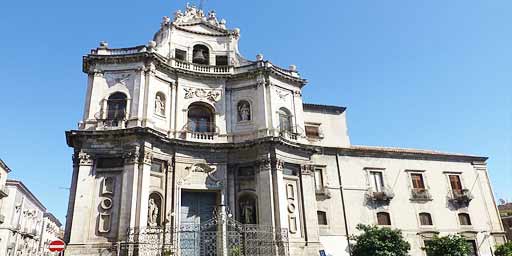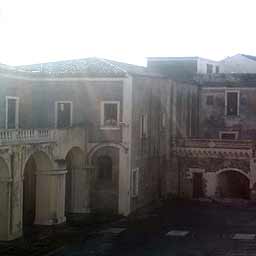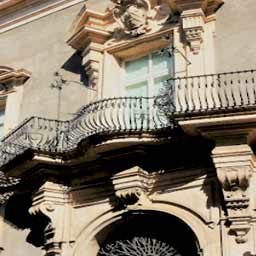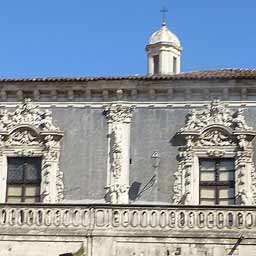Church of San Placido in Catania
The Church of San Placido, a masterpiece of the late Sicilian Baroque, is located in the square of the same name that opens along Corso Vittorio Emanuele, a few steps from Piazza del Duomo and in the immediate vicinity by Palazzo Biscari. It is one of the churches most dear to the people of Catania for its immense artistic wealth.
During the earthquake of 1693, the first building was destroyed, dating back to 1409, built on the ruins of an ancient pagan temple dedicated to the god Bacchus, even if it is thought that the birthplace of Sant'Agata lay in this very spot. The new project was entrusted to the inspiration of the architect Stefano Ittar, commissioned by the three nuns who lived in the convent attached to the church, the only survivors of the disastrous earthquake, who decided to rebuild what was lost. The new church was consecrated in 1723.
The white stone of Taormina, with which the façade was made, distinguishes it from the other churches in the city and the particular architecture, which has a concavity in the central part, even if more sober, recalls the same shapes of the Sanctuary of the Collegiata, the work of the Ittar itself, and for this reason the works are considered twins. The particular convex wrought iron gate surrounds the splendid facade, which reproduces the coat of arms of San Benedetto in the central part and two statues of saints Placido and upper part of the facade, the statues of the saints Scholastica and Geltrude are set. In addition, the church has a small bell tower with three bells, located on the top of the facade.
The evocative interior of the church of San Placido is a succession of fluted semi-columns placed next to the walls, where the accurate decorations defined by the use of golden stuccos, the triumph of marbles and the presence of frescoes embellish it and make it fascinating in the eyes of any visitor. The four side minor altars display the paintings of the painters Michele Rapisardi and Giuseppe Napoli and at the end of the single nave, in the presbytery area, there is the high altar, made of polychrome marble, and two frescoes by a local priest, Tullio. Merry. Of equally remarkable value and beauty is the imaginative marble floor and the sinuous gilded choir loft equipped with an organ, placed above the entrance door.



